Catanduanes: The Ultimate Guide to the “Land of the Howling Winds”
Catanduanes is a kidney-shaped island located in the Bicol Region in Luzon, towards the east of Camarines Sur, with a population of around 246,000. Lying along the typhoon belt, the island is unsheltered from the ornery waters of the Pacific Ocean earning the moniker “Land of the Howling Winds”.
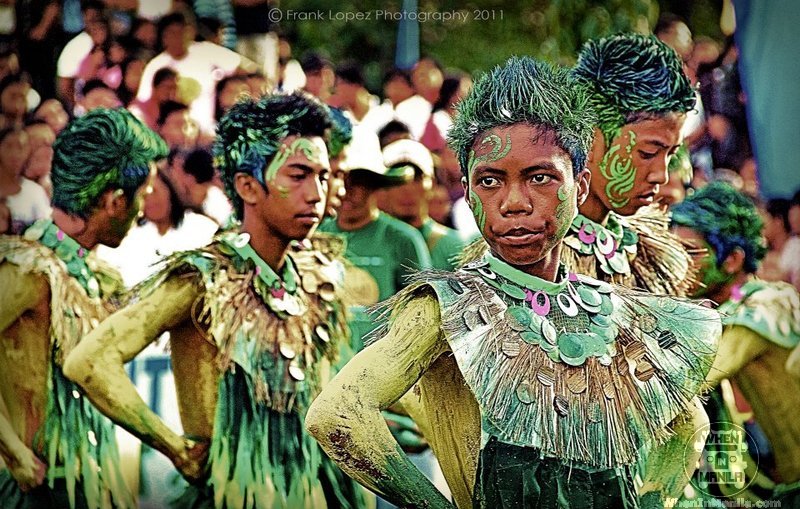
Despite its nickname, Catandunganons have proven their resilience time and time again, rising from each and every storm that ravaged the land. When a storm finally subsides and the howling winds turn into a soft breeze, the true beauty of the verdant isle is finally revealed. Long stretches of sugary white sand beaches, raging waterfalls emerging from thick forests, white-knuckle cliffs, crystal clear waters, peak-shaped waves, friendly and hospitable people, there’s really more to Catanduanes than meets the eye.
What to Do in Catanduanes
From beach hopping to spelunking, there’s a host of activities visitors can engage in when visiting the island. Located in downtown Virac, the Church of The Immaculate Concepcion is one of the capital’s heritage sites. A must-visit especially for Roman Catholic adherents, the church’s exquisitely designed stained glass windows are a real marvel.

To soak in the local culture, a visit to the two-story Virac Market is a must-do. The smell of fresh and dried fish, ground pepper and other spices, freshly baked bread and cakes waft through the dark and narrow alleyways. “Kakanins’ or native delicacies, sacks of rice, woven trays overflowing with beans and peanuts spill out onto the pavement. Locally produced handicrafts hang from the ceilings alongside imported dry goods. The market is a veritable hive of activity with vendors shouting out their merchandise at the top of their voices, punctuated by the cacophony of tricycles and jeepneys passing by.
For a short nature escapade, the Maribina Falls in the municipality of Bato will provide a much-needed tranquility to anyone in need of a breather. Plummeting down through crags and sharp ridges, the Maribina Falls beckons anyone to take a dip in its turquoise waters.
Sprawled across 151,150 hectares, the island of Catanduanes boasts of powdery white and golden sand beaches. Beach hopping is one activity visitors can never get enough of. Popular beaches skirting the island include Twin Rock Beach Resort, Mamangal Beach, Balite Beach, and Marilima Beach just to name a few. Not only famous for its pristine beach, Puraran Beach is also popular for its peak-shaped waves drawing surfing enthusiasts from the world over.
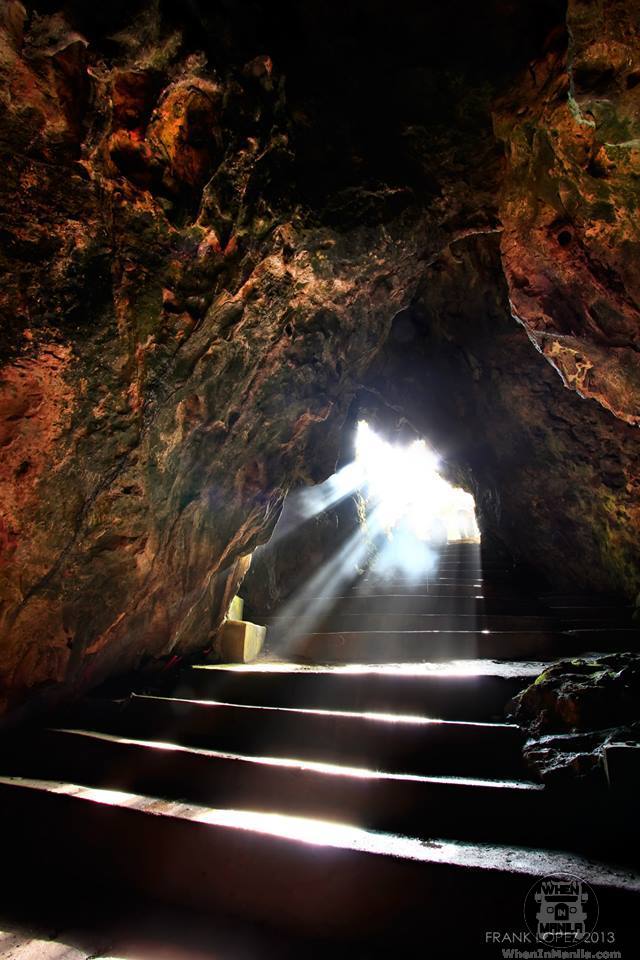
Rich in natural beauty, Catanduanes is also blessed with gaping caves to explore, most notably the Luyang Cave. Situated in a rugged cliff plunging to the ground, Luyang Cave in San Andres is known for its historic albeit tragic past. It was once a refuge for local villagers who escaped from marauding Moros in the 18th Century. Using chili leaves to camouflage the mouth of the cave, the villagers found shelter in the confines of the Luyang Cave but only for a short while. Soon after, the Moros discovered the villagers’ hiding place and burnt the chili leaves to force the natives out. But the smoke billowed into the cave suffocating the natives instead.
Today, the Luyang Cave is a treasured park and one of the most visited caves in Catanduanes. A mass is held annually in the cave to commemorate those who perished there.
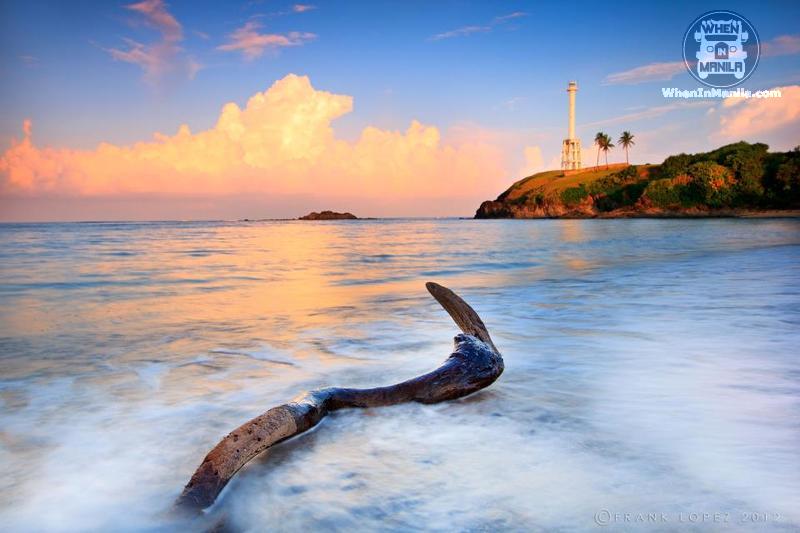
The more adventurous would be tempted to venture a little farther to Panay Island, located on the northeastern part of the province. Climbing the Lolong Point Lighthouse rewards visitors with sweeping views of the surrounding islets, dark limestone rock formations hugging rugged cliffs, coconut palm trees-dotted hills, and lush mountains jutting out to the sea.
While on the other side of Panay Island is the Old LORAN (Long Range Navigation) Station, a former US Coast Guard outpost in the 1950s. Long abandoned, ruins of the old barracks, storage room, and the partially collapsed quay are a magnet for adventure seekers. Locals fondly remember the place for the sweet chocolates generously handed out by American personnel stationed there and wide screen movie nights that was unheard of in the province at the time. But the breathtaking view from the hilltop, secluded, powdery-white sand beach, cerulean waters, and rocky outcroppings are the main tourist draw of this part of the island.
Where to Eat in Catanduanes
From the decadent mud crabs, delectable fresh seafoods, sizzling ‘sisig’ to the hot and spicy ‘laing’ (dried taro leaves cooked in coconut milk), there are plenty of outlets on the island to satisfy one’s cravings. The quaint Blossoms Restaurant, with its relaxing ambience, offers the best desserts in Virac. It is located along Rizal Avenue, Virac, Catanduanes (+6352811100). For pure gastronomic delight of local cuisines, the Sea Breeze Restaurant along the Virac Pier Site in Salvacion is the place to go. But for those more accustomed to fast food chains, they’ll be delighted to know that Jollibee has its branch in Virac Center Mall in Sta. Cruz (+63528112865).

Most hotels and resorts sprinkled across the island serve mouth-watering dishes that will surely leave anyone craving for more.
Where to Stay in Catanduanes
In recent years, the province has shown significant growth and development, with a number of hotels cropping up. Only a few steps away from the Virac seaport is Catanduanes Midtown Inn offering air-conditioned rooms with hot and cold shower. Only a 3-minute drive from Virac Airport is Kemji Resort & Restaurant. Rakdell Inn in San Pedro, Virac is also another option.
Catandunganons are a very hospitable and warm people. The more intrepid travelers could easily get invited to a local’s home and get immersed in authentic Catandunganon hospitality. One can never run out of place to stay in Catanduanes.
How to Get to Catanduanes
By bus: Those traveling at leisure will not want to miss the breathtaking Bicol region scenery while traveling by bus. A view of the Mayon Volcano, once the world’s most perfect cone, is just one of the highlights of the 8 to 10-hour trip. Buses are available from Cubao (opposite Ali Mall) to Tabaco seaport. A number of buses, with and without air-conditioning, service this route. From Tabaco seaport, a ferry takes passengers and the Virac-bound RSL bus from Ali Mall on a 3 to 4-hour trip to the Virac or San Andres seaport via MV Regina Calixta 2 and 3 or MV Elson. Bus and ferry cost around P1,100.
By plane: Those who are in a rush may well take the 1-hour flight to Virac from Ninoy Aquino International Airport Terminal 3 via Cebu Pacific. Return ticket is around P2,000 (or less) depending on the time of booking.

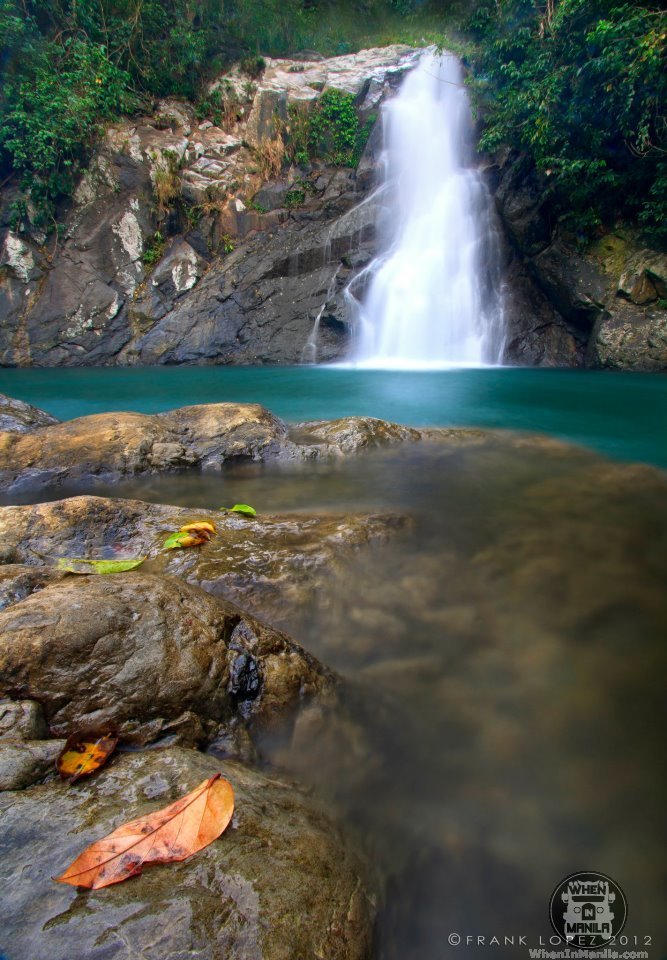
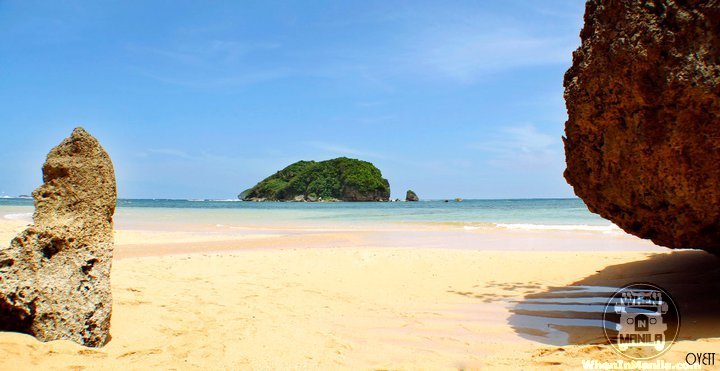
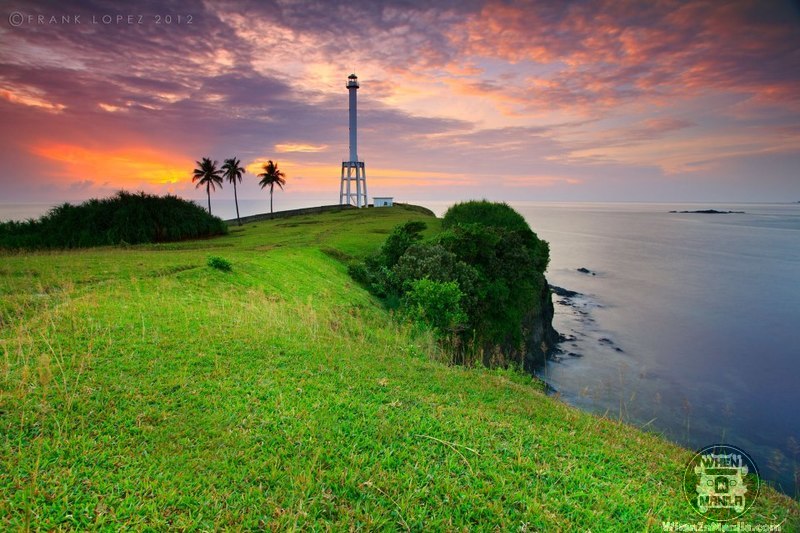

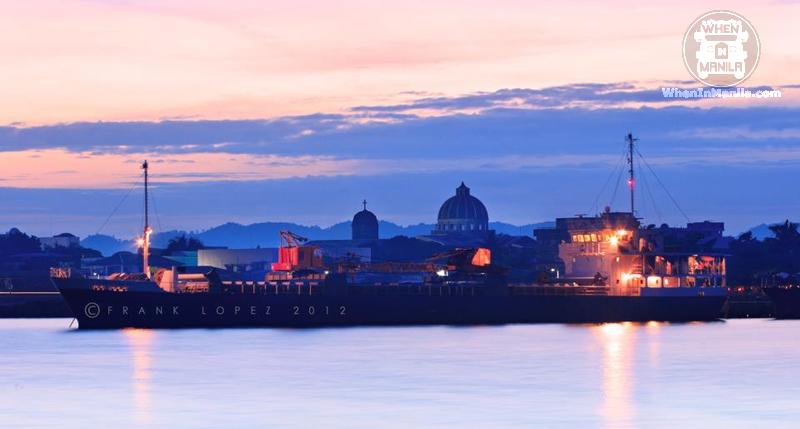






[…] Maricel. Catanduanes: The Ultimate Guide to the “Land of the Howling Winds” When in Manila. December 31, 2014. Retrieved August 24, […]